
Review on Decor Star PU 002 TC Bathroom Overflow by Chris Parrott

Very nice looking drain that installs with no leaks
Buyers wrote that it leaks and is a hassle to install. Having been warned about this, I decided to go overboard with the installation and make sure it doesn't leak to begin with. I took step-by-step photos of what I was doing to try and help others. Images are uploaded in the "Customer Product Images" section on the right side of the page. I have numbered each image to match the description below. do my own homework so that's the level of my experience. So here's what I did: 1) I started with "Plumber's Putty", went to Menards, I don't know the difference between the brands, it was just the ones they sold so I bought them. You want to follow the directions and just work it in your hands like clay, make a "snake" out of it and just stick more than you think around the drain hole. 2) Take the pipe thread sealing tape and wrap it around where you expect the pop-up drain to come out of the vanity under the cabinet (probably in the middle of the threads). Pull the tape a little while wrapping. Later you thread a nut onto the threads and want it to be threaded onto the ribbon. (Pictures 8 & 9) 3) Insert the entire pull out drain into the sink drain and place it over the plumbing putty from step 1.4) With the drain plug unscrewed you will have a better view (and it will make installation easier). ). so simply unscrew and set aside). When placing a sink in a vanity, be sure to align the vent on the vanity with the vent on the sink. As you can see in this picture I didn't make it on the first try and learned from my mistake (I fixed it later). see 6) Another trick from my own experience: if you start pushing on the drain (steps 8 and 9) the putty will go down and try to block the vent. To prevent this from happening, a simple solution is to insert some flexible straws into the vanity vent. That way the putty doesn't get inside, and when you pull out the straws, the passage is clear. 7) Take the bottom o-ring (that comes with the drain) and apply the putty in the same way. in step 1. Make a snake and put it in the wedge in the ring. 8) This picture has multiple parts but basically it shows the drain that goes through the vanity, the nut and the o-ring over it. The blue substance you see (C) is tapping paste. Presumably it can be used on threads instead of ribbons. I've never used it before and while it looks like I've used it here I don't think I've done a good job and I don't think it made a difference. I had a hard time applying protectors properly (especially when I thought the nut was going to run out) so I think you'll be fine if you don't use them. (B) shows a ring of putty and underneath (A) is a nut that also comes with a drain. Hand-tighten the nut (clockwise) while pressing the drain (on top of the vanity) to make it easier for you. The putty will squeeze out both up the top of the drain (into the sink) and under the sink. I threw away the bottom one (because it had some paste on it), just put the one in the sink back in the bucket to use later. It's still great. 9) Your hand can't do much, so you need to tighten the nut with a wrench or crank. I understand that I have a bad grip in the picture (you don't want to grab the corners like that or you'll mess them up), but that was just for picture purposes. Lying on your back under the vanity is hard to take :). In any case, tighten the nut and don't worry about the putty being squeezed out. A word of warning. Don't overtighten until your vanity cracks. I don't know if that's possible, but common sense tells me yes, I wouldn't want to find out from personal experience. 10) Excess putty can easily be removed with your fingers. So just pick it up and throw it back in the original Plumber's Putty container. Make sure the vent area looks good (there may be putty that you can pluck with a screwdriver, toothpick, etc. and pull out the straw that was keeping the vent clean). , Screw on the "Chrome" nozzle and hand-tighten. Ready! No leaks! The drain looks amazing! Much luck!
- Sturdy solid brass construction
- Socket required
New products
Comments (0)
Top products in 🚽 Restroom Fixtures
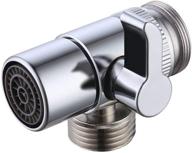
Diverter Splitter Bathroom Replacement Polished: Upgrade Your Bathroom with Style and Functionality

10 Review
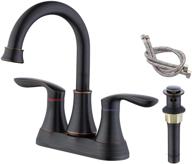
4011B ORB Version: Premium 🚰 Bathroom Faucet with 2 Handle Functionality

10 Review

Cover-seat for toilet bowl Xiaomi Smartmi Smart Toilet Cover plastic with microlift white

19 Review
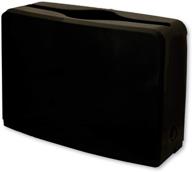
📦 GEN1607 GEN PAK Folded Dispenser for Countertop

10 Review
Another interesting products
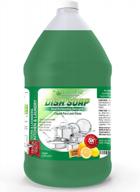
GreenFist Professional Lemon Scented Pot & Pan Dish Soap Liquid Refill - Light Or Heavy Use, 128 Ounce (1 Gallon)

9 Review

🛡️ Enhance and Safeguard Countertops and Surfaces with StoneTech Revitalizer Protector

3 Review
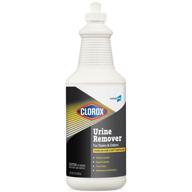
🌟 Powerful Stain Remover: Clorox Commercial Solutions for Effective Stain Removal

3 Review
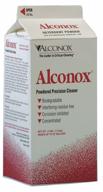
🧼 Powerful Alconox Detergent Cleaning Concentrate Container for Effective Cleaning

3 Review

